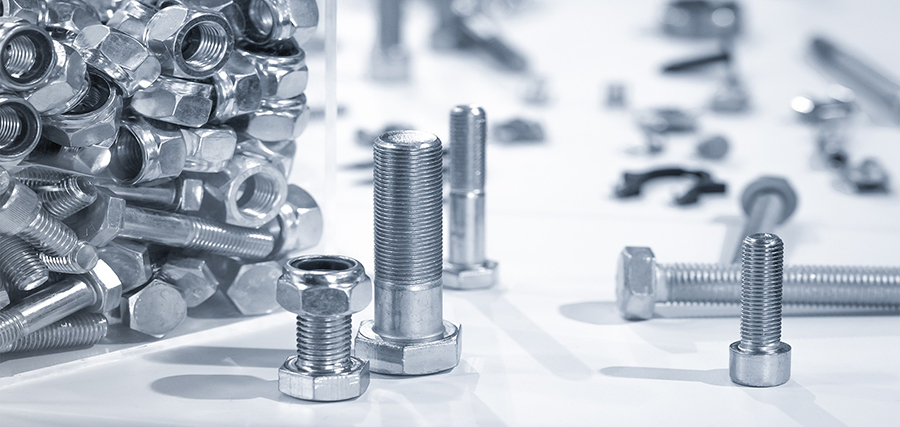
-
 Afrikaans
Afrikaans -
 Albanian
Albanian -
 Amharic
Amharic -
 Arabic
Arabic -
 Armenian
Armenian -
 Azerbaijani
Azerbaijani -
 Basque
Basque -
 Belarusian
Belarusian -
 Bengali
Bengali -
 Bosnian
Bosnian -
 Bulgarian
Bulgarian -
 Catalan
Catalan -
 Cebuano
Cebuano -
 Corsican
Corsican -
 Croatian
Croatian -
 Czech
Czech -
 Danish
Danish -
 Dutch
Dutch -
 English
English -
 Esperanto
Esperanto -
 Estonian
Estonian -
 Finnish
Finnish -
 French
French -
 Frisian
Frisian -
 Galician
Galician -
 Georgian
Georgian -
 German
German -
 Greek
Greek -
 Gujarati
Gujarati -
 Haitian Creole
Haitian Creole -
 hausa
hausa -
 hawaiian
hawaiian -
 Hebrew
Hebrew -
 Hindi
Hindi -
 Miao
Miao -
 Hungarian
Hungarian -
 Icelandic
Icelandic -
 igbo
igbo -
 Indonesian
Indonesian -
 irish
irish -
 Italian
Italian -
 Japanese
Japanese -
 Javanese
Javanese -
 Kannada
Kannada -
 kazakh
kazakh -
 Khmer
Khmer -
 Rwandese
Rwandese -
 Korean
Korean -
 Kurdish
Kurdish -
 Kyrgyz
Kyrgyz -
 Lao
Lao -
 Latin
Latin -
 Latvian
Latvian -
 Lithuanian
Lithuanian -
 Luxembourgish
Luxembourgish -
 Macedonian
Macedonian -
 Malgashi
Malgashi -
 Malay
Malay -
 Malayalam
Malayalam -
 Maltese
Maltese -
 Maori
Maori -
 Marathi
Marathi -
 Mongolian
Mongolian -
 Myanmar
Myanmar -
 Nepali
Nepali -
 Norwegian
Norwegian -
 Norwegian
Norwegian -
 Occitan
Occitan -
 Pashto
Pashto -
 Persian
Persian -
 Polish
Polish -
 Portuguese
Portuguese -
 Punjabi
Punjabi -
 Romanian
Romanian -
 Russian
Russian -
 Samoan
Samoan -
 Scottish Gaelic
Scottish Gaelic -
 Serbian
Serbian -
 Sesotho
Sesotho -
 Shona
Shona -
 Sindhi
Sindhi -
 Sinhala
Sinhala -
 Slovak
Slovak -
 Slovenian
Slovenian -
 Somali
Somali -
 Spanish
Spanish -
 Sundanese
Sundanese -
 Swahili
Swahili -
 Swedish
Swedish -
 Tagalog
Tagalog -
 Tajik
Tajik -
 Tamil
Tamil -
 Tatar
Tatar -
 Telugu
Telugu -
 Thai
Thai -
 Turkish
Turkish -
 Turkmen
Turkmen -
 Ukrainian
Ukrainian -
 Urdu
Urdu -
 Uighur
Uighur -
 Uzbek
Uzbek -
 Vietnamese
Vietnamese -
 Welsh
Welsh -
 Bantu
Bantu -
 Yiddish
Yiddish -
 Yoruba
Yoruba -
 Zulu
Zulu
Top Flat Die Thread Rolling Machines for Efficient Precision Manufacturing
The Best Flat Die Thread Rolling Machines Enhancing Efficiency in Manufacturing
In the world of manufacturing, the demand for precision and efficiency continues to rise. Among the various methods employed for creating threads, flat die thread rolling stands out due to its effectiveness in producing high-quality threaded products. At the heart of this process is the flat die thread rolling machine, a tool pivotal for industries ranging from automotive to aerospace. This article delves into the benefits, features, and considerations surrounding the best flat die thread rolling machines available in the market today.
Understanding Flat Die Thread Rolling
Flat die thread rolling is a cold-forming process that involves the conversion of a cylindrical workpiece into a threaded component by passing it through a pair of flat dies. These dies are intricately designed to create threads with superior strength and precision, effectively reducing material waste and enhancing product durability. This technique not only offers aesthetic advantages but also improves the mechanical properties of the finished threads, making them more resistant to wear and fatigue.
Benefits of Flat Die Thread Rolling Machines
1. High Precision and Consistency One of the most significant advantages of flat die thread rolling machines is their ability to produce highly precise and uniform threads. This is crucial in applications where tight tolerances are necessary. With advancements in technology, modern machines are equipped with features such as CNC controls and automatic adjustment mechanisms, which further enhance accuracy.
2. Enhanced Production Speed Compared to traditional machining methods, thread rolling can significantly increase production rates. The process is faster because it relies on deformation rather than cutting, which minimizes downtime and allows for higher output in a shorter time frame.
3. Material Efficiency During the thread rolling process, less material is wasted as there is no cutting involved. This not only reduces costs associated with raw materials but also makes the process more environmentally friendly.
4. Lower Tool Wear Since flat die thread rolling machines operate by deforming the material, there is less wear on the dies compared to cutting tools. This results in a longer tool life and lower maintenance costs, making it a cost-effective solution for manufacturers.
best flat die thread rolling machine

Key Features to Look for in a Flat Die Thread Rolling Machine
When seeking the best flat die thread rolling machine, several features should be prioritized
- Automation and Control Look for machines with advanced automation features, including programmable controls and sensors that can optimize the rolling process and ensure consistent quality.
- Versatility Machines that can accommodate a variety of materials and thread sizes provide greater flexibility for manufacturers, allowing them to adapt to changing production needs.
- Training and Support Manufacturers should consider the availability of technical support and training for their operators, as this will greatly influence the efficiency and effectiveness of the machine's operation.
- Safety Features Safety mechanisms, such as emergency stop buttons and protective enclosures, are essential to ensure operator safety during the rolling process.
Conclusion
In summary, flat die thread rolling machines are an indispensable asset in modern manufacturing environments. They offer unmatched precision, efficiency, and cost savings while producing high-quality threaded components. As industries continue to evolve, investing in the best flat die thread rolling machine can significantly improve production capabilities and contribute to overall business success. When selecting a machine, it is crucial to consider automation features, versatility, and support options to ensure the best return on investment. By leveraging the advances in flat die thread rolling technology, manufacturers can stay ahead in a competitive marketplace, meeting the growing demands for high-quality threaded products.
